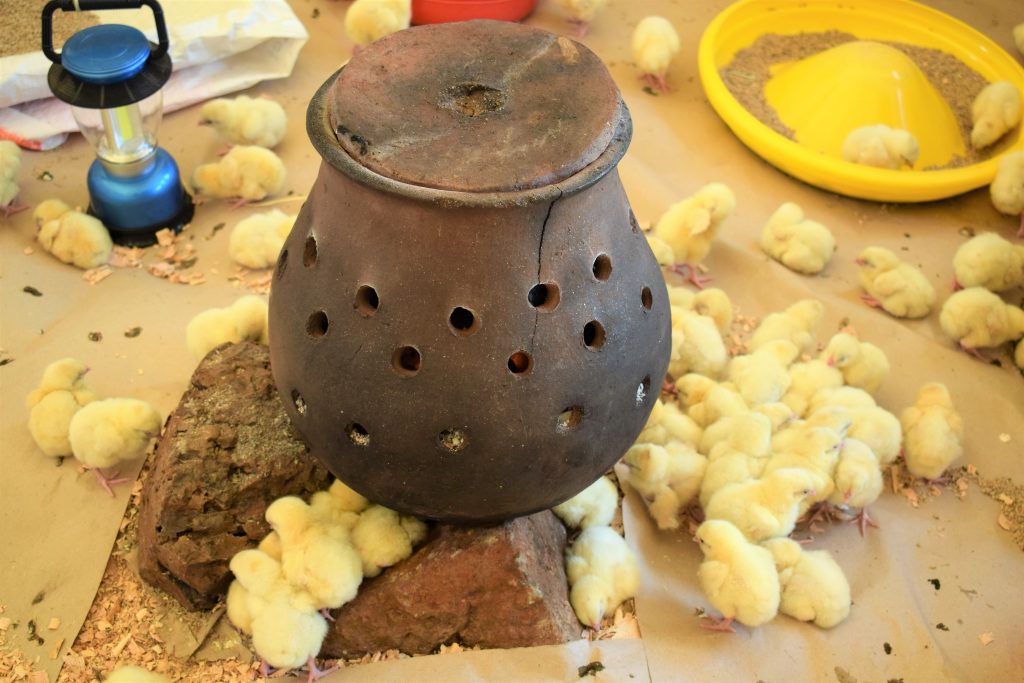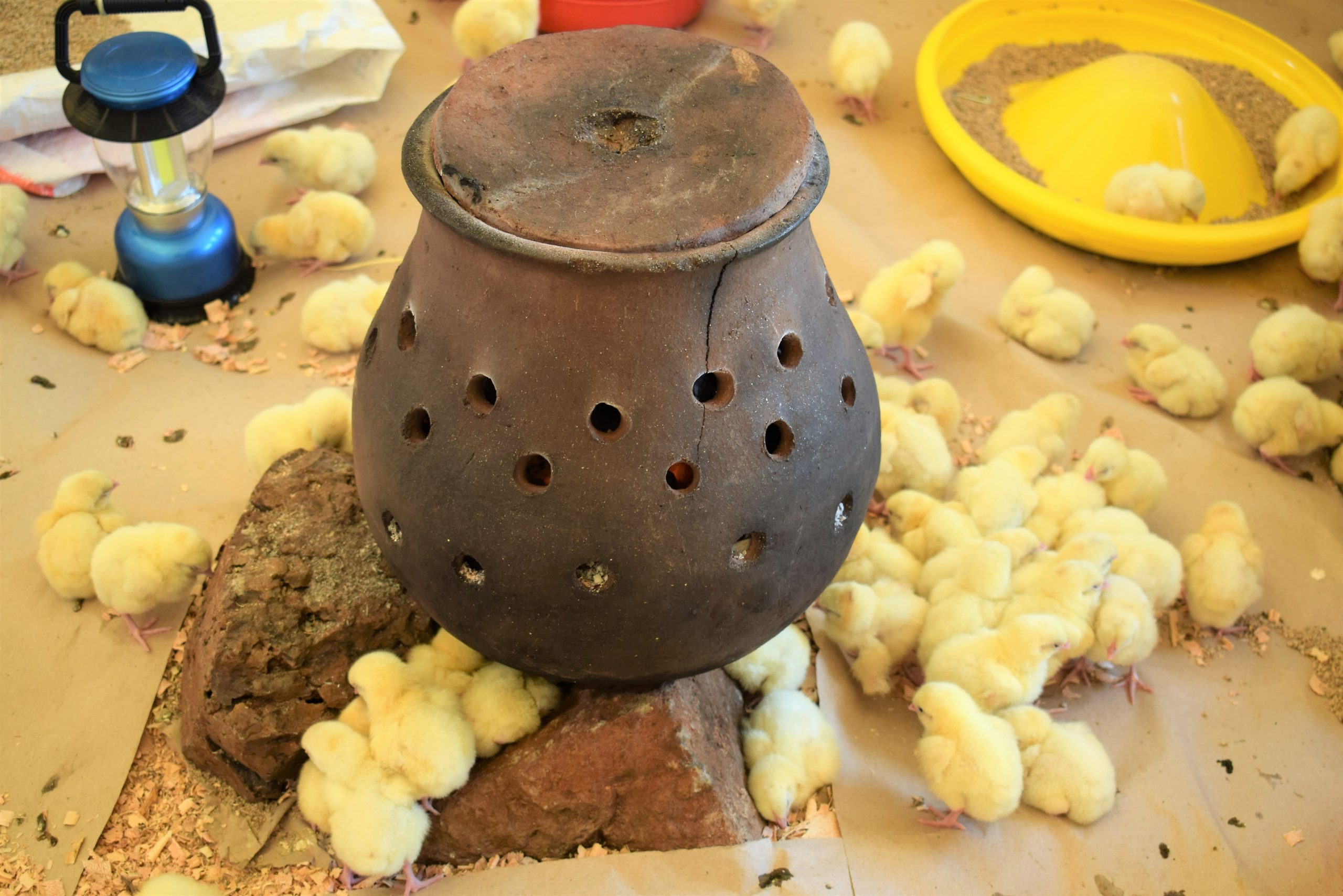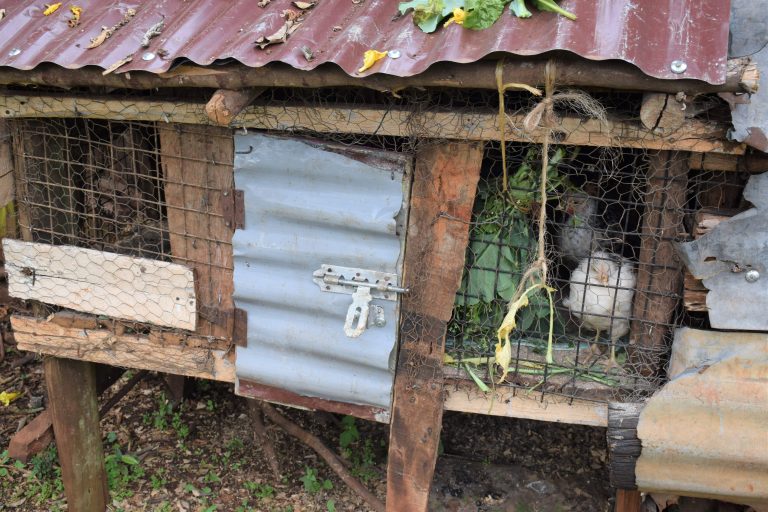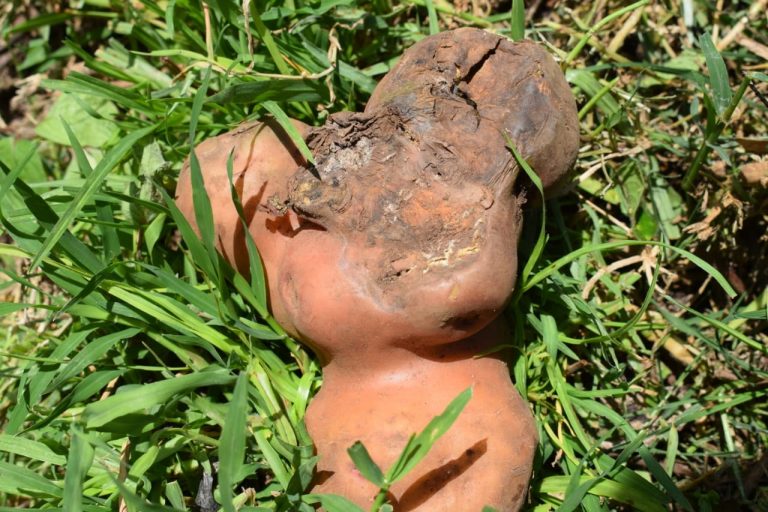An improved indigenous chicken expected to produce between 230 to 250 eggs per year has been developed by The Kenya Agricultural and Livestock Research Organization (KALRO). The chicken is expected to boost farmers’ egg production since the common indigenous ones lay 80 to 100 eggs annually.

According to the Director of Non-ruminant Research Institute at KALRO Steven Mwangi Miano, since 2016 KALRO has supplied day old chicks worth over Kshs. 95 million to farmers. About 950,000 chicks from The Naivasha Hatchery have been distributed to farmers all over the country.
Two other hatcheries are expected to be commissioned soon to increase the number of chicken in the country. One at Kakamega expected to produce 12,000 chicks monthly while the other another one in Naivasha which is expected to produce 38,000 chicks per month. Mwangi pointed out that Western Kenya region is renowned for poultry keeping but farmers have not adopted best practices that can help improve productivity. Mwangi says that since demand has been going up for both eggs and chicken in the country, they are using technology to make sure the country stops importing.
KALRO is preparing to train 400 trainers from Siaya, Kakamega, Bomet, Kericho, Isiolo, Tharaka Nithi, Laikipia, Nyandarua, Machakos, Taita Taveta, Wajir, West Pokot, Busia Baringo, Uasin Gishu, Elgeyo Marakwet, Nyeri, Lamu and Kisumu counties. The research organization is also willing to partner with other organizations to reduce the duration that farmers wait for chicks from KALRO.
42 million birds are estimated to be in Kenya where 82% are indigenous chicken, 9 percent commercial layers and 7.4 percent are broilers.




